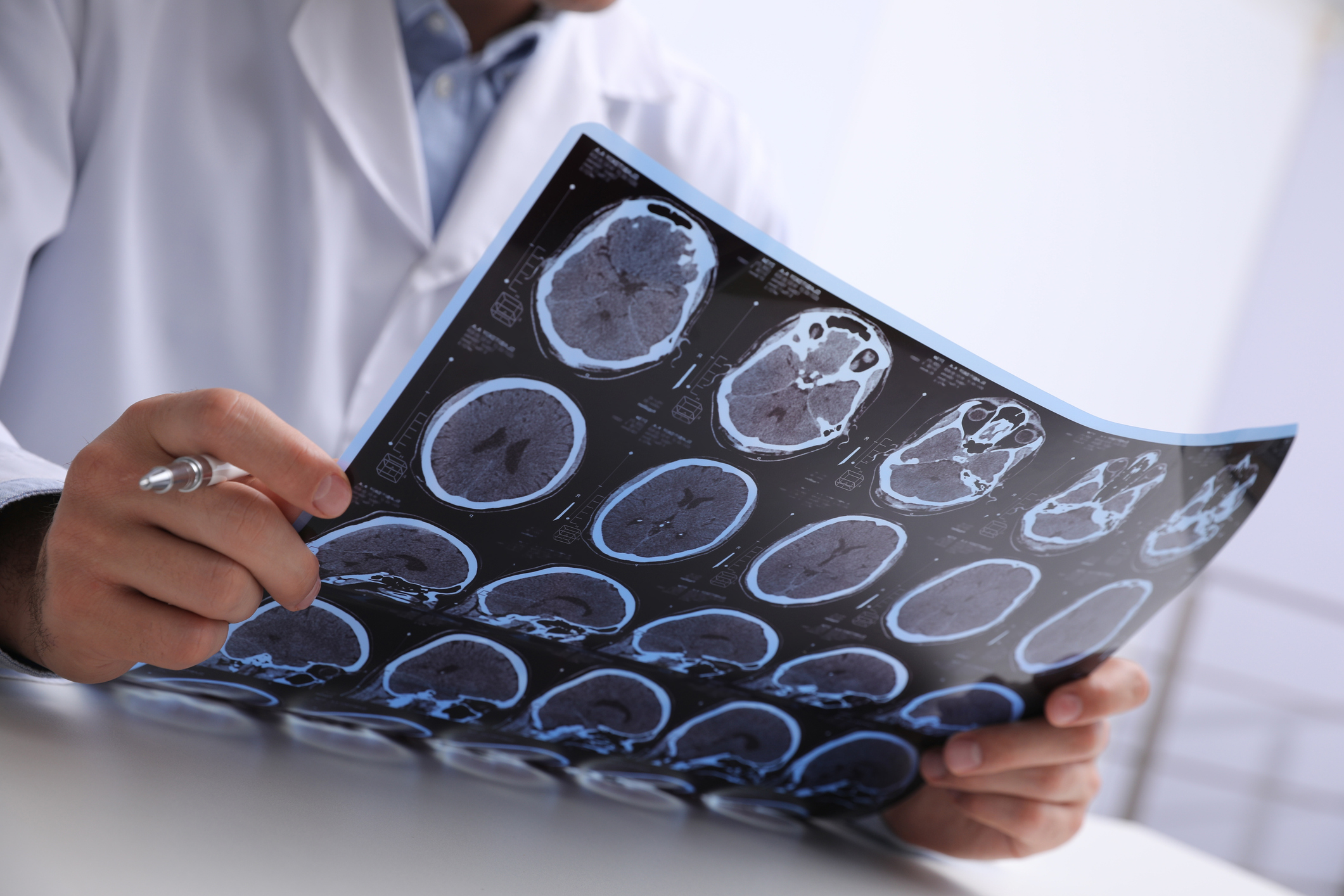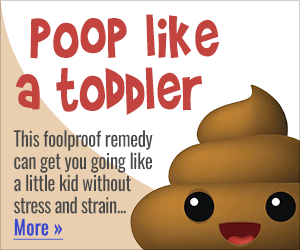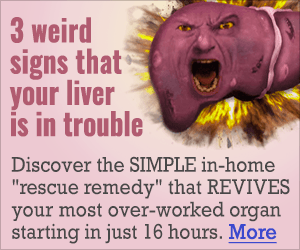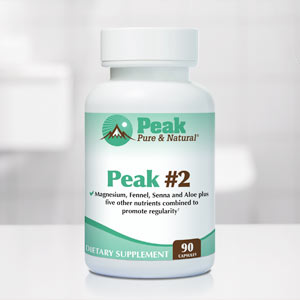Get Easy Health Digest™ in your inbox and don’t miss a thing when you subscribe today. Plus, get the free bonus report, Mother Nature’s Tips, Tricks and Remedies for Cholesterol, Blood Pressure & Blood Sugar as my way of saying welcome to the community!
Brain worms: Sorting cringeworthy fact from fiction

In National Geographic’s award-winning documentary, Body Snatchers, they reported, “Parasites have killed more humans than all the wars in history.”
That includes the single-celled parasites responsible for malaria, the top-killing parasitic disease in the world. Fortunately, in the U.S., it’s not a significant threat.
You may know less about cancer-causing parasitic worms. Thankfully, again, two species connected to cancer of the bile ducts and bladder cancer are not found in the U.S.
But you may have heard quite a lot about an especially cringeworthy parasitic medical condition involving brain worms…
As far-fetched as it sounds, it could hit closer to home than you think.
I’m going to share some details about a parasitic brain infection that, while not at all common, still checks in at about 1,000 cases per year according to the CDC, and it’s most frequently reported in New York, California, Texas, Oregon and Illinois.
There are two pieces of good news about this disease:
It’s not directly contagious. You don’t get it just by being around someone who has it (I’ll talk more about how it can spread, though).
It’s highly preventable. Good health habits can keep you from becoming an unwitting host to a worm.
Here are the facts about neurocysticercosis (NCC).
From Cysticercosis to neurocysticercosis
What it is: Cysticercosis is a parasitic infection caused by the larval cysts of the pork tapeworm.
Larval cysts are sacs that contain an immature stage of the tapeworm. When larval cysts are ingested, secretions in the stomach cause the eggs to hatch into larvae. In the bloodstream, they can be carried throughout the body.
Larval cysts in the brain cause a form of cysticercosis called neurocysticercosis, which can lead to seizures and can be fatal.
How you get it: A tapeworm can be contracted from contaminated water, consuming contaminated food (undercooked pork, for example), or coming in contact with affected animals or contaminated soil.
Cysticercosis canspread through human to human transmission through the feces of someone infected with the adult tapeworm.
Generally, this happens when someone infected with the tapeworm doesn’t wash their hands well after using the bathroom. You may touch a surface they’ve touched, then touch your mouth.
Less commonly, infection can occur from eating unwashed fruits or vegetables, since feces make their way into soil and water.
Symptoms of NCC: It’s not always the cysts that cause the neurological symptoms of NCC. In fact, cysts can often stay in the brain for a long time without causing any symptoms.
And when symptoms occur, it’s not because the parasite is feasting on the host’s brain.
According to Philip Budge, MD, PhD, of Washington University School of Medicine in St. Louis, worms in neurocysticercosis don’t actually “eat” the brain.
“The parasite larvae reach the brain via the circulatory system, then produce a cyst that displaces the surrounding tissues. The consequences can be severe if the cyst forms in a very sensitive location — such as in the ventricles or blocking a cerebrospinal fluid outflow tract — but a live cyst doesn’t actually destroy any surrounding tissue”
But as they begin to die off, the immune system recognizes them as invaders and causes inflammation to attack them.
If there are many cysts, this immune system attack can cause pressure on the brain that can lead to life-threatening brain swelling, as well as seizures, headaches, vomiting and other neurological symptoms.
This is why NCC is so often dismissed for conditions such as epilepsy or brain tumor. But the Cleveland Clinic reports that about 2% of emergency room visits for seizures in the U.S. are from cysticercosis.
How to keep from getting NCC and brain worms
While many infections don’t present symptoms, tapeworms in the intestines can cause mild gastrointestinal symptoms like abdominal pain, nausea, diarrhea, and weight loss. In some cases, people might notice tapeworm segments in their stool.
However, once they are in other parts of the body, like with neurocysticercosis, the symptoms can vary.
Clearly, good health habits are at the center of preventing NCC. It’s vital to wash your hands thoroughly with warm soap and water after using the toilet. Singing the “ABCs” is a good way to know that you’ve washed long enough.
In addition, the Cleveland Clinic recommends the following:
- Avoid eating raw or undercooked pork.
- Wash fruits and vegetables thoroughly or peel before eating.
- Wash cutting boards, counters, dishes and utensils with soapy water after use.
- Don’t drink untreated water.
- If you’re traveling to a place where you don’t know if the water is treated, drink bottled or boiled water only. Boil water for one minute before letting it cool enough to drink.
Editor’s note: There are perfectly safe and natural ways to decrease your risk of blood clots including the 25-cent vitamin, the nutrient that acts as a natural blood thinner and the powerful herb that helps clear plaque. To discover these and other secrets of long-lived hearts, click here for Hushed Up Natural Heart Cures and Common Misconceptions of Popular Heart Treatments!
Sources:
The Naked Truth About the World’s Most Common ‘Brain Worm’ — MedPage Today
Brain Worms Like RFK Jr.’s: Here’s What to Know — MedPage Today
Neurocysticercosis — CDC
Cysticercosis — Cleveland Clinic














